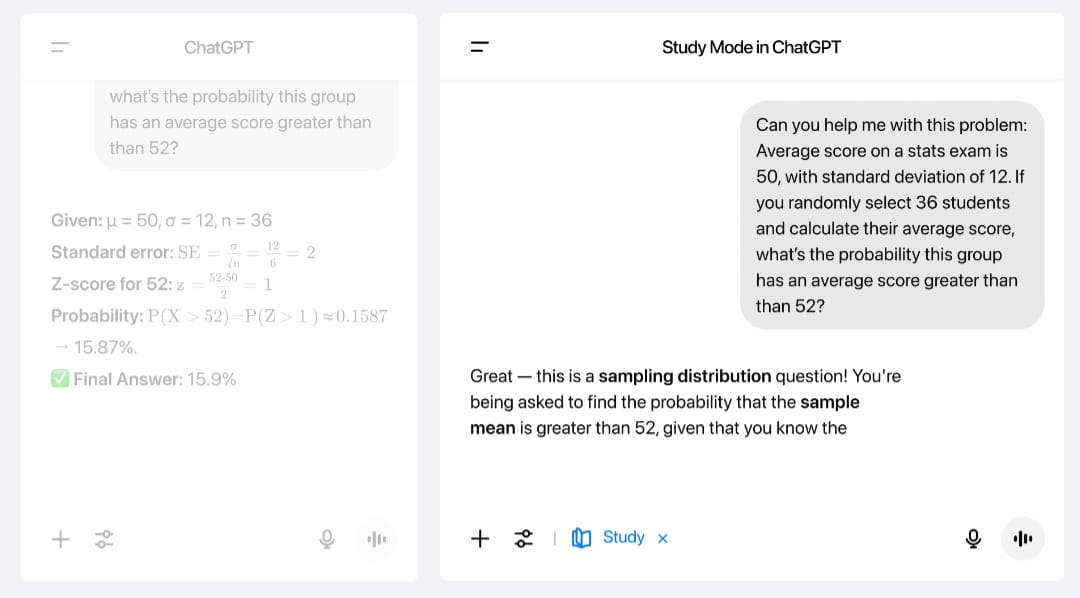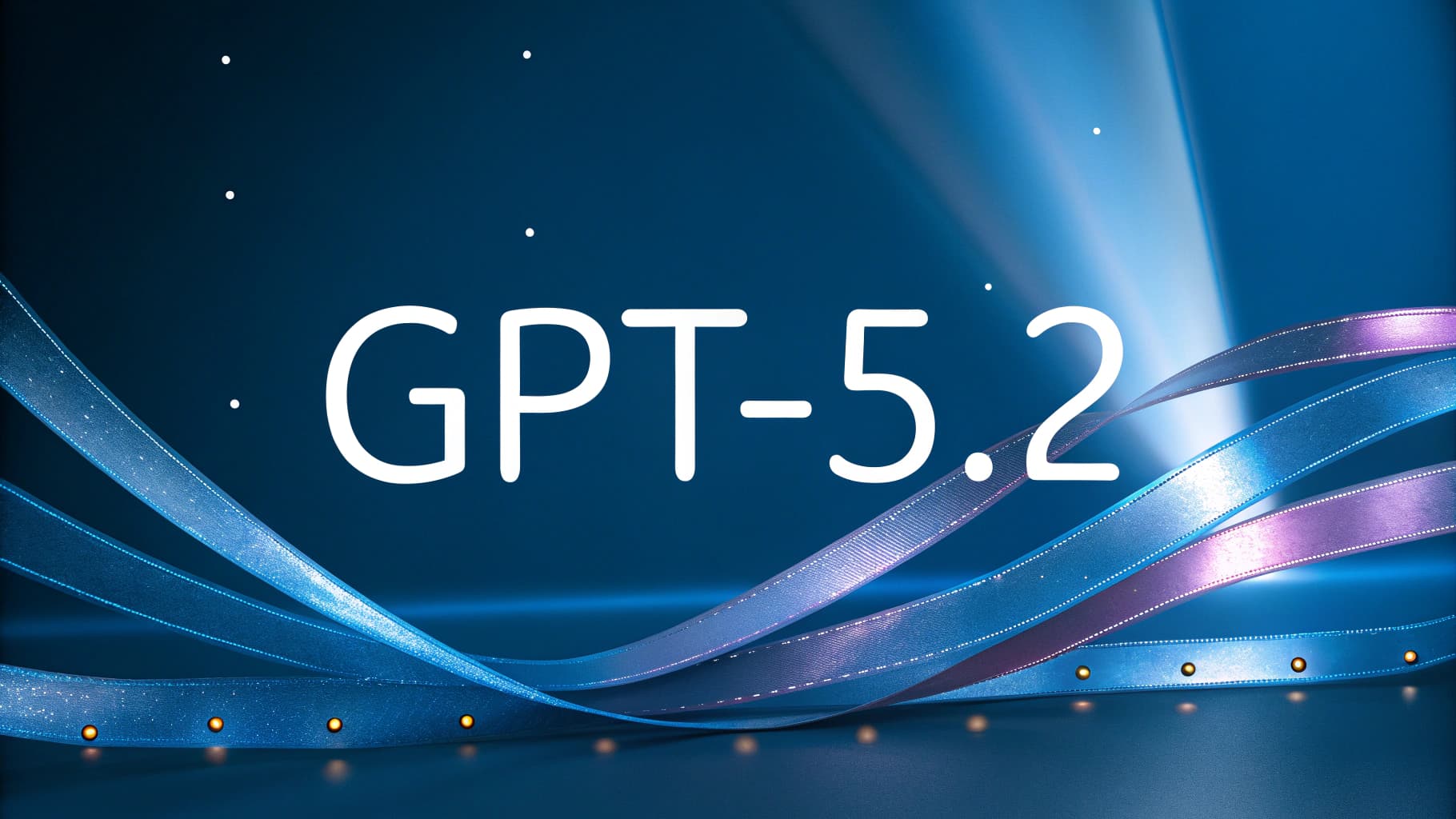
ChatGPT’s Study Mode: Learn for Free, Not Just Get Answers
OpenAI announced on Tuesday the launch of “Study Mode,” a new feature within ChatGPT designed to change how students interact with AI.
Rather than offering quick, direct answers, the new mode guides users step-by-step through problems in a deliberate effort to foster critical thinking and support genuine learning.
The feature directly addresses a key concern that has grown since ChatGPT’s widespread adoption in schools.
As students increasingly turned to the app for help with homework and exam prep, a crucial question arose: is it merely an answer engine, or can it be a partner in building deeper understanding?
How Does Study Mode Work?
Starting today, “Study Mode” is available to users on ChatGPT’s free plan, as well as its paid tiers. To get started, simply select “Study and learn” from the tools menu.
When the new mode is activated, ChatGPT begins to ask guiding questions instead of displaying the final answer. This method, which relies on interactive questions and hints, encourages active participation in the learning process.

According to OpenAI, this mechanism was developed in collaboration with teachers and pedagogy experts to align with established research in learning science.
Furthermore, the new mode presents information in structured, easy-to-follow sections, an approach that helps with grasping complex topics without feeling overwhelming.
It also provides personalized support that adapts to each user’s skill level based on their questions and previous chats.
Reception and Challenges
The initiative has been welcomed by education experts. Robbie Torney, Senior Director of AI Programs at Common Sense Media, noted that “Instead of doing the work for them, study mode encourages students to think critically about their learning.”
Feedback from students who tested the new mode has been overwhelmingly positive.
According to OpenAI, a college student named Noah Campbell described it as being like “a live, 24/7, all-knowing ‘office hours.'”
Meanwhile, student Maggie Wang shared her experience, saying, “It was like a tutor who doesn’t get tired of my questions. After a 3-hour working session, I finally understood it well enough to feel confident.”
However, OpenAI acknowledges that some challenges remain. The most significant is that students can simply turn off “Study Mode” and revert to the standard mode to get a direct answer.
In a press briefing, Leah Belsky, the company’s VP of Education, explained that there are currently no tools for parents or administrators to lock the feature on, but the company may explore such controls in the future.
Ultimately, the launch of “Study Mode” represents a first step in a long journey for OpenAI to improve the learning experience on ChatGPT, with future plans to publish in-depth research on how students use AI throughout their education.




